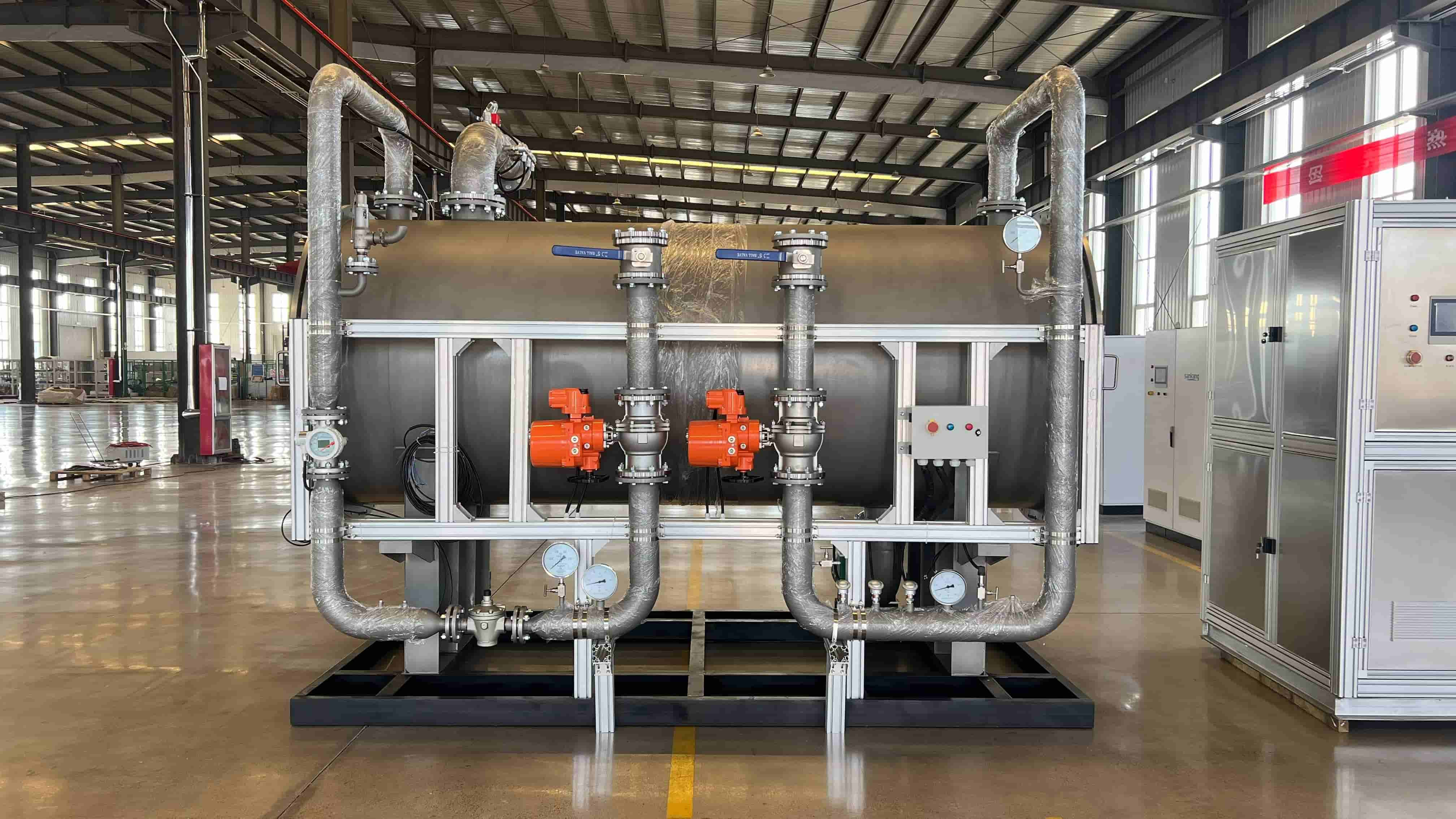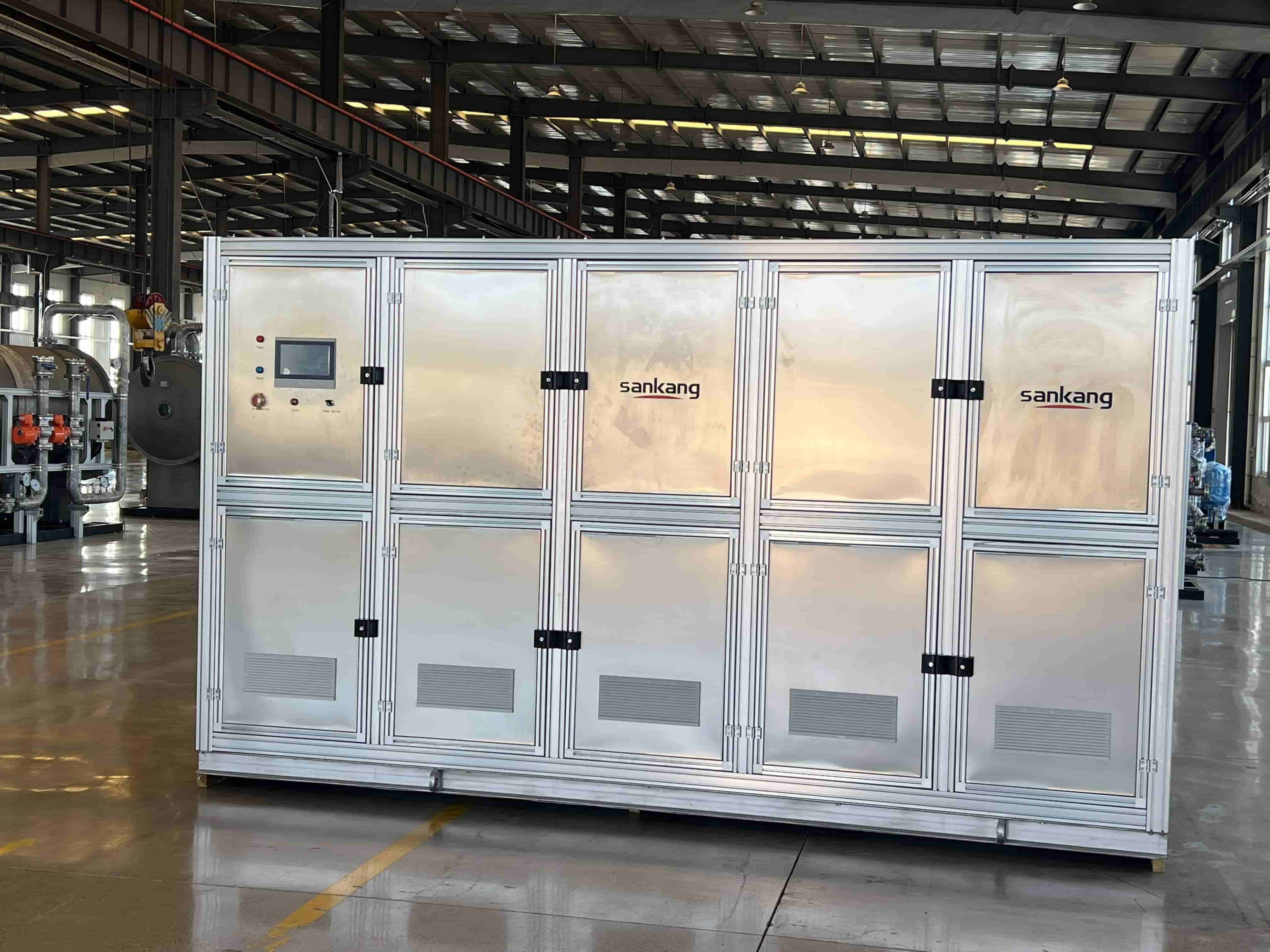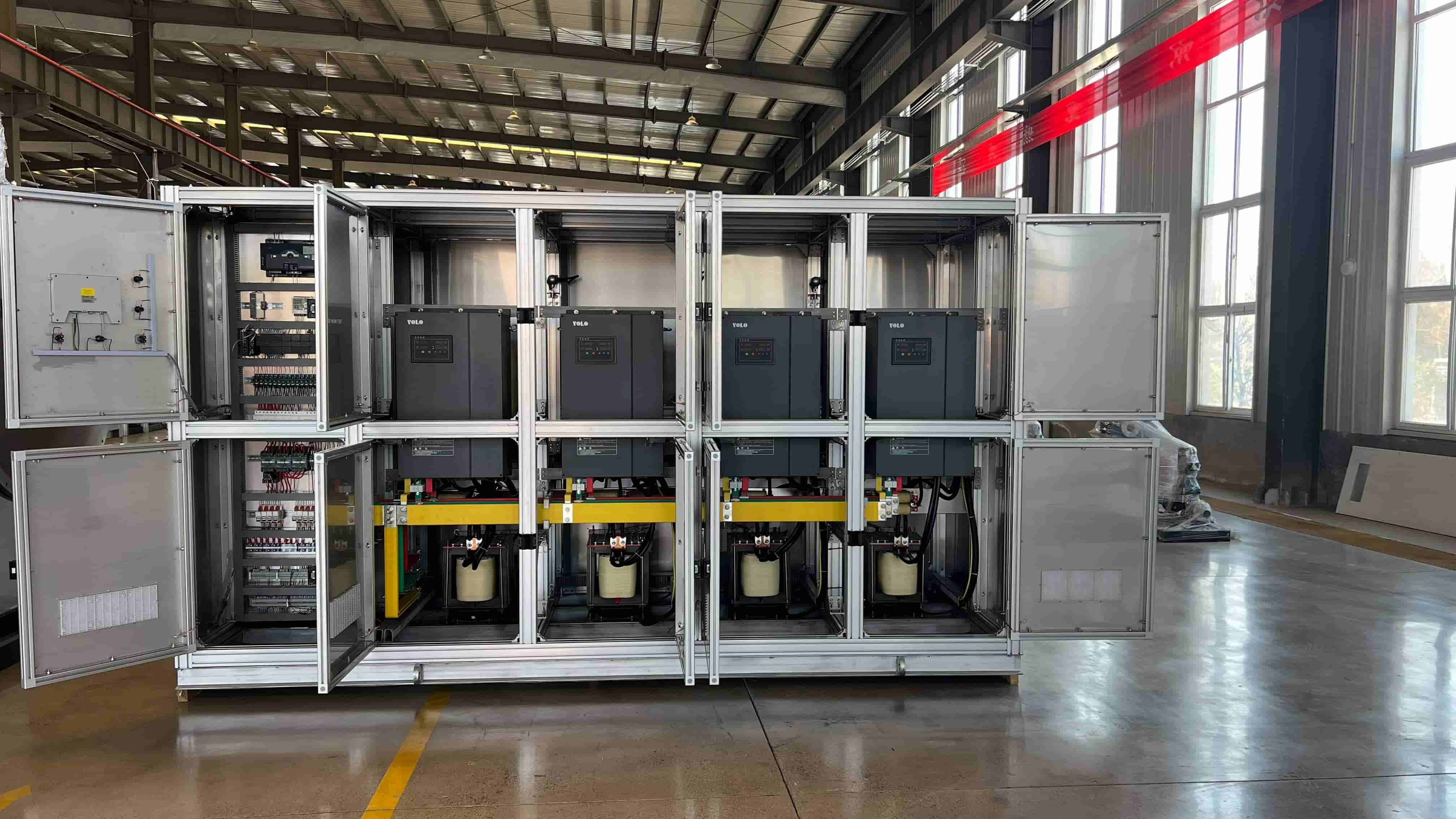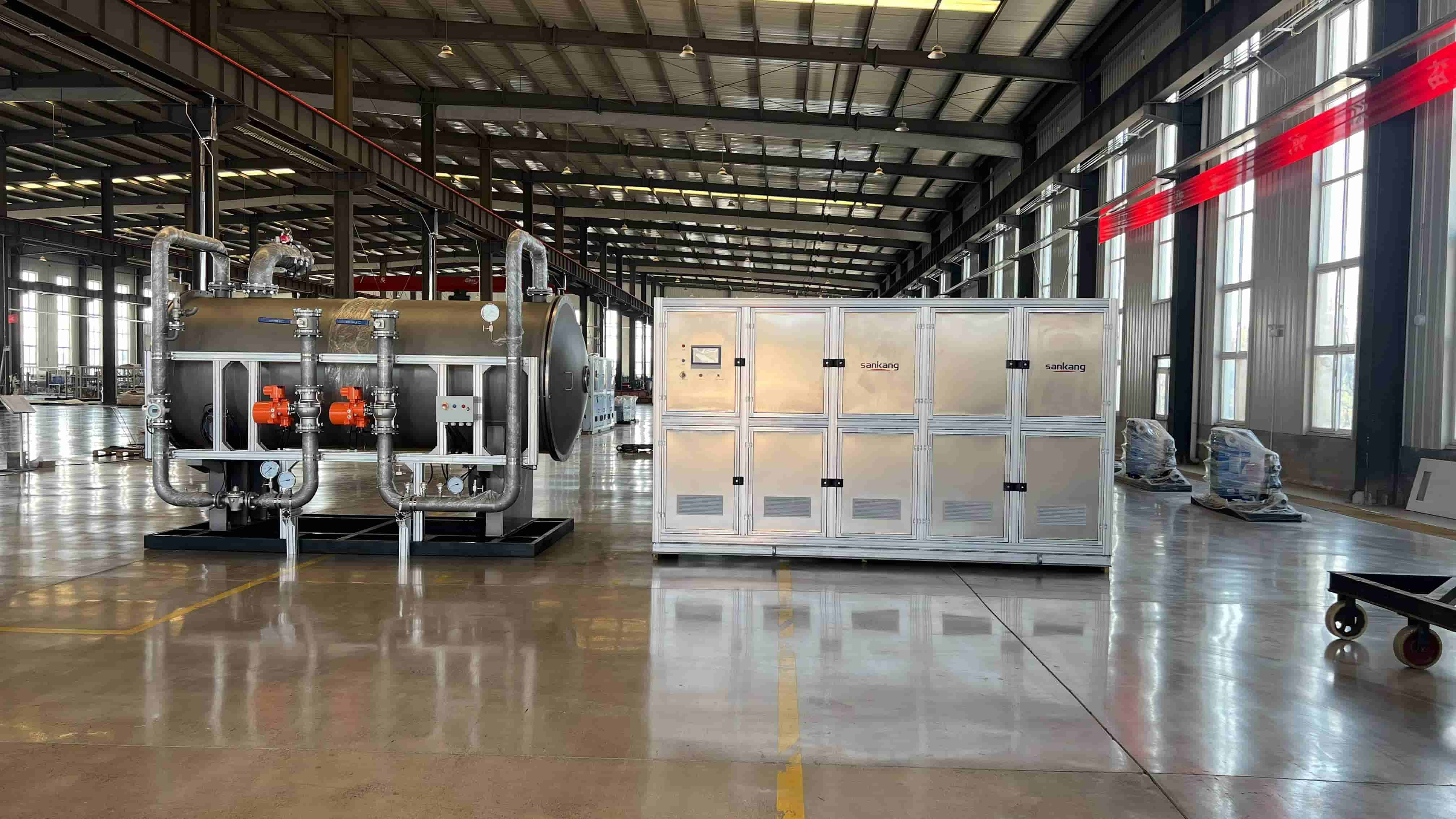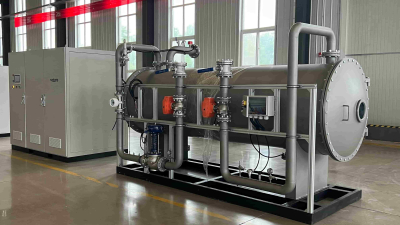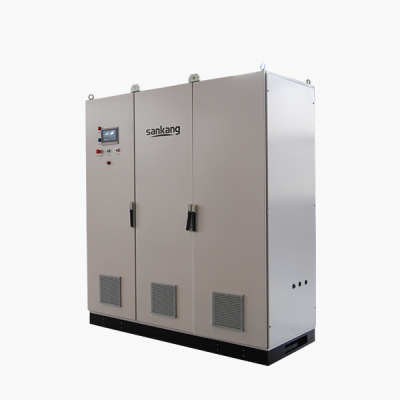Sankang 135kg/h Large Ozone Generator
The Development Prospects of Sanko Ozone Generators in China
Against the backdrop of tightening global environmental policies and the advancing 'dual carbon' goals, ozone technology, with its characteristics of no secondary pollution and broad-spectrum sterilization, has become a key solution in water treatment, industrial denitrification, medical disinfection, and other fields. As a benchmark enterprise in China's ozone industry, Jinan Sanko Environmental Technology Co., Ltd., leveraging technological breakthroughs and full-scenario adaptability, is leading the industry toward high-end and intelligent transformation, and its development prospects in the domestic market are worth in-depth analysis.
### 1. Policy-Driven: Surging Environmental Demand Opens Market Opportunities
By 2025, the ozone disinfection market in China is expected to exceed $8 billion, accounting for 66.7% of the global market. This growth is driven by both policy and demand. On one hand, the revision of the "Water Pollution Prevention and Control Law" and the implementation of China's National Plan for Fulfilling the Montreal Protocol on Substances that Deplete the Ozone Layer (2025–2030) explicitly require the use of low-carbon technologies such as ozone catalytic oxidation in areas like industrial wastewater treatment and flue gas denitrification, directly creating a rigid demand for heavy-duty ozone generators. On the other hand, increased public awareness of health is driving up demand for disinfection equipment in the medical and food industries, making ozone technology the preferred choice due to its high efficiency and residue-free properties.
Sankang Environmental Protection, recognized by the Ministry of Industry and Information Technology as a standard-compliant enterprise in environmental protection equipment (air treatment), has a technical route that closely aligns with policy directions. For example, its independently developed DBD dual-gap generator technology can achieve an ozone output of 120 kg/h per unit, and five sets of systems operate stably in the low-temperature denitrification of non-ferrous metal smelting, maintaining a NOx removal rate above 95% and reducing consumption of denitrifying agents by 17%, perfectly matching ultra-low emission standards in industries like steel and petrochemicals. This technical advantage has allowed the company to secure a first-mover position during the policy dividend period.
### 2. Technological Barriers: Core Patents Building a Competitive Moat
Sankang Environmental Protection's core competitiveness lies in its globally unique 2 MW fully IGBT controllable rectification technology. This technology, through primary-side resonance design, increases ozone generation efficiency by 40%, reduces energy consumption by 25%, and extends equipment lifespan to over 8,000 hours, achieving a qualitative leap over traditional technology. In addition, Sankang has participated in the formulation of six national/industry standards, including the "Technical Requirements for Ozone Generators for Water Treatment" and the "Hygiene Requirements for Ozone Disinfectors," which not only regulate industry technological thresholds but also consolidate its authority as a standard-setter.
In terms of technological accumulation, Sankang Environmental Protection holds 27 patents covering the complete industry chain from power control to ozone generation. For example, it developed the "Nitric Oxide Waste Gas Treatment Equipment" for industrial denitrification scenarios, which achieves efficient conversion under low temperatures through the targeted reaction between ozone molecules and NOx. This technology has been evaluated by the Shandong Chemical Intelligence Information Association as leading at the domestic level. Such technological depth allows it to create a monopoly advantage in the high-end market, with clients including leading companies like Hoshine Silicon and Hongjitang, and a project repurchase rate exceeding 80%.
### 3. Scenario Adaptation: Full Industry Chain Layout to Meet Diverse Needs
Sankang Environmental Protection's product matrix covers the industrial, commercial, residential, and agricultural scenarios, forming a differentiated competitive strategy:
1. **Industrial Sector**: For high-demand scenarios such as flue gas denitrification and high-concentration wastewater treatment, it provides heavy-duty equipment with a single-unit capacity of up to 120 kg/h, cumulatively applying 7,500 kg of ozone in flue gas/water treatment projects, with technological maturity leading the industry.
2. **Medical and Food**: It offers medical-grade ozone generators compliant with GB28232-2020 standards, used in settings such as operating room air purification and medical equipment disinfection. Additionally, it has obtained health permits for drinking water products, serving food companies like Dong-E E-Jiao.
3. **Residential Market**: It has developed specialized home appliances equipped with intelligent concentration adjustment and safety interlock systems, with operating instructions detailed for different scenarios (such as kitchen deodorization and baby product disinfection), and safety thresholds strictly following national standards.
This full-scenario coverage positions the company ahead in the IoT convergence trend by 2025. Its smart device penetration has reached 40%, and through remote monitoring and automatic adjustment functions, it can optimize ozone output in real-time, reducing energy consumption to 0.25 kW·h/g O₃, saving 30% compared to the industry average.
### 4. Challenges and Responses: From Technological Breakthroughs to Ecosystem Building
Although Sankang Environmental holds a dominant position in the high-end market, the industry still faces two major challenges:
1. **Homogeneous Competition in the Low-End Market**: Some manufacturers disrupt market order by falsely labeling ozone concentrations and simplifying gas source pre-treatment technologies to lower prices. Sankang builds trust barriers through publicly sharing third-party inspection reports, CE/ISO certifications, and a 20-year after-sales service system.
2. **Pressure of Technological Iteration**: New technologies such as electrolytic ozone and plasma disinfection may pose a substitution threat to traditional ozone generators. Sankang has implemented a modular design, breaking down large units into expandable modules suitable for households and small clinics, while attracting core talents like Wang Dongsheng’s team through stock option incentives, continuously strengthening its R&D capabilities.
### 5. Future Outlook: Leading the Industry’s Green Transformation
Looking ahead to 2025-2030, Sankang Environmental’s development path will focus on three key directions:
1. **Technological Deepening**: Optimize full IGBT controllable rectifier technology, extend equipment lifespan to 10,000 hours, and further reduce operational costs.
2. **Market Expansion**: Leveraging the “Belt and Road” initiative, replicate successful experiences from Southeast Asia and the Middle East globally, aiming for overseas revenue to exceed 30% by 2030.
3. **Ecosystem Building**: Collaborate with upstream and downstream enterprises to establish an ozone technology alliance, promote the internationalization of industry standards, and consolidate its position as a global leader in ozone technology.
During this critical phase as the environmental protection industry shifts from “scale expansion” to “quality enhancement,” Sankang Environmental, guided by technological conviction and long-termism, not only sets the ceiling for the ozone industry but also provides a benchmark example for China's transition from manufacturing to intelligent manufacturing. Its development trajectory demonstrates that only by mastering core technologies, deeply understanding market needs, and building ecosystem barriers can a company remain invincible in global competition.
